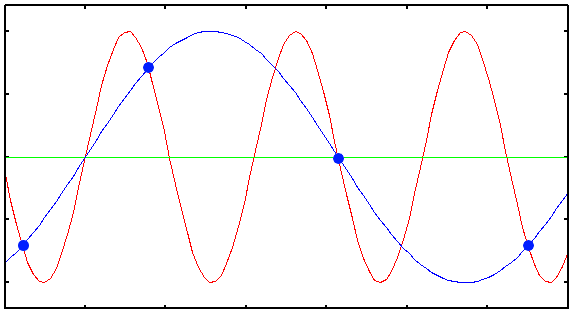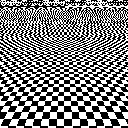Aliasing
In statistics, signal processing and related disciplines, aliasing is an effect that causes different continuous signals to become indistinguishable (or aliases of one another) when sampled. When this happens, the original signal cannot be uniquely reconstructed from the sampled signal.
 Plot showing aliasing of an undersampled 1D sinusoidal signal. The blue dots are the digital samples taken to record the red signal. Clearly, they are not enough to reconstruct the original signal: from then on, only the blue, wrong signal can be interpolated.
Plot showing aliasing of an undersampled 1D sinusoidal signal. The blue dots are the digital samples taken to record the red signal. Clearly, they are not enough to reconstruct the original signal: from then on, only the blue, wrong signal can be interpolated.
Aliasing can take place either in time, temporal aliasing, or in space, spatial aliasing. It may give rise to moiré patterns (when the original image is finely textured) or jagged outlines (when the original has sharp contrasting edges, e.g. screen fonts). (Wikipedia).
 Aliased image.
Aliased image.
See more examples in Anti Aliasing. See also Critical Sampling Distance and Nyquist Rate.
